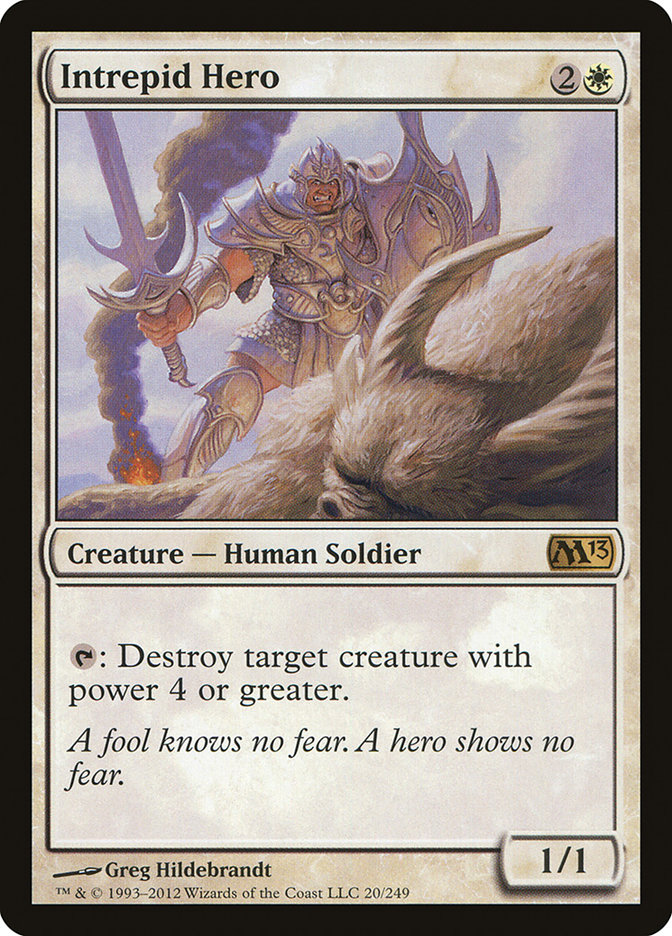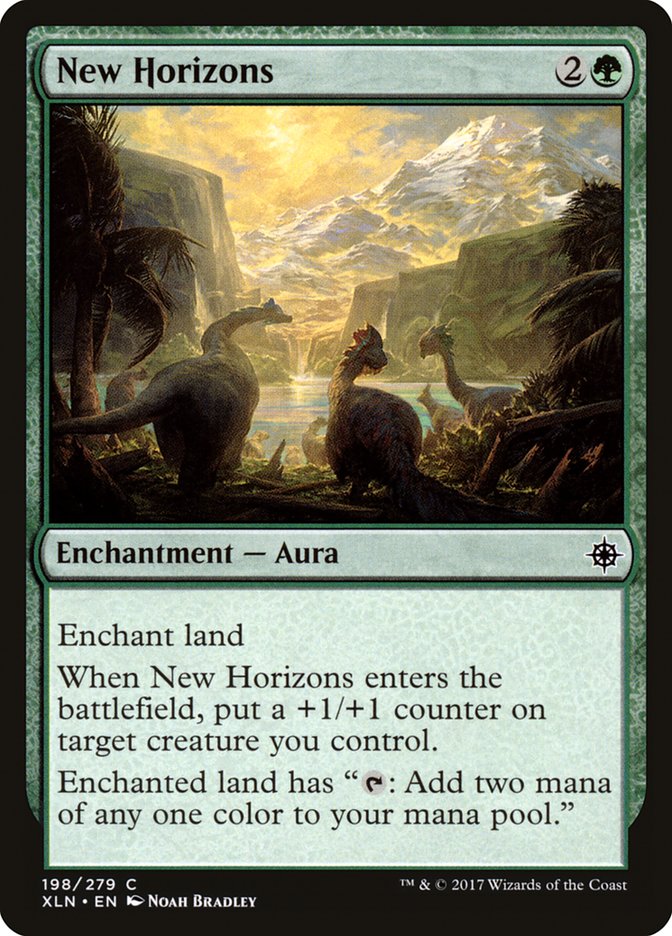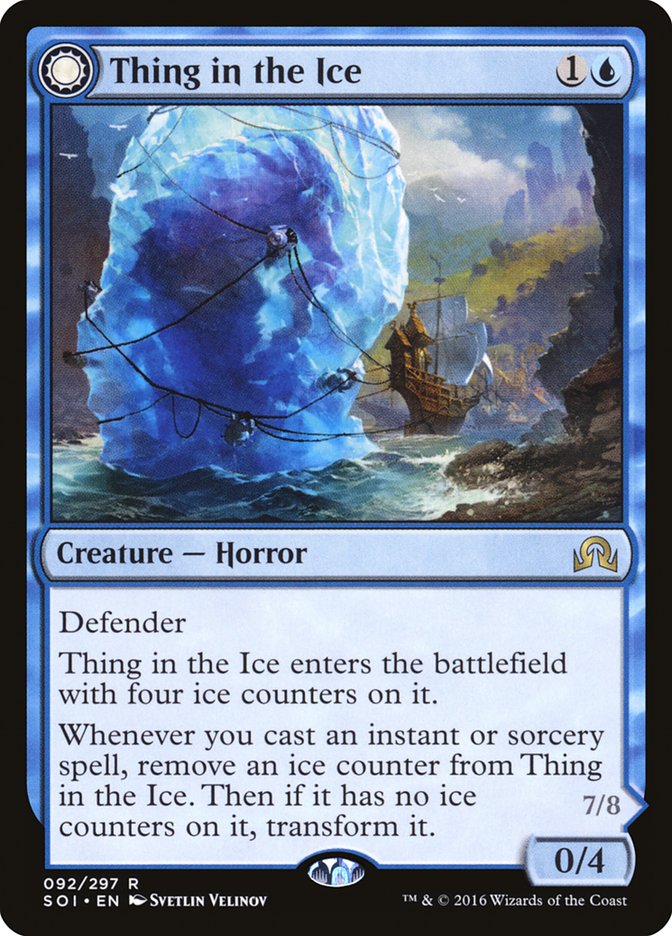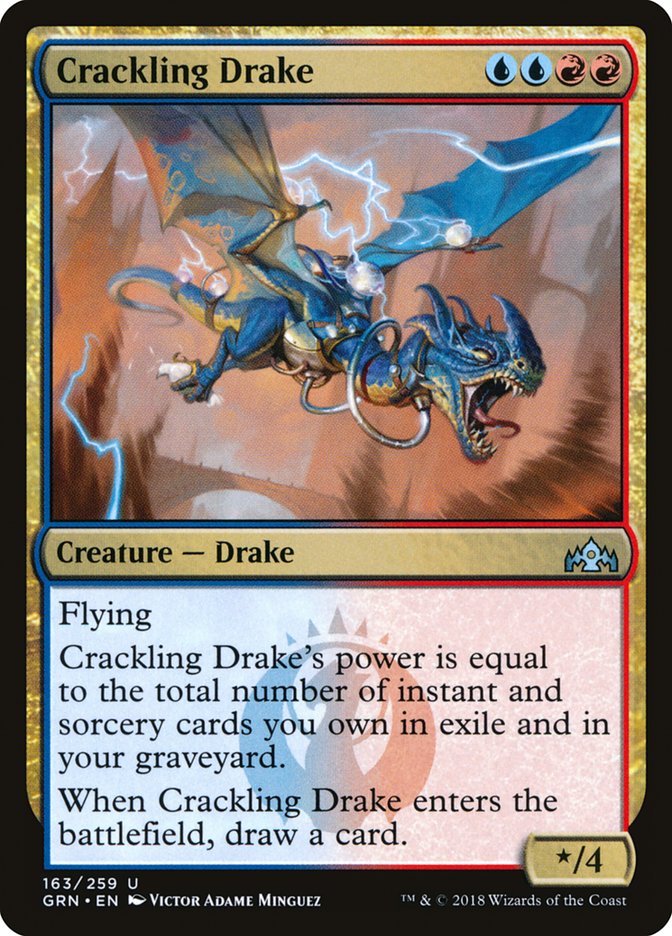Modern is the talk of the town these days. Despite power level complaints, the format continues to grow in popularity.
It’s no secret that I’m not the biggest fan of Modern due to control’s lack of viability. I’ve had multiple Twitter discussions with Aaron Forsythe debating this issue over the last few years and progress has been made on the control front, which has propelled Azorius and Jeskai to Tier 2. Both control decks have the tools to win a solid number of matches in premier events, yet rarely take home the gold. Tier 1 of Modern has been reserved for the most proactive, linear decks in the game’s history and that’s the one constant that has held true since the format’s inception.
Regardless of the odds, I have tried to make control work each time a Modern premier event heads my way. This process takes a few weeks out of my life as I jam competitive Leagues on Magic Online until I throw up the white flag of surrender. Finishing 3-2 over and over usually doesn’t shake my resolve; however, this upcoming Grand Prix in Tampa is the most important one in my professional career. A record of 11-4 will grant me access to the remaining Mythic Championships this year and anything less will expedite my retirement from that side of the game.
Don’t worry, my friends; I will continue to battle on the SCG Tour, as well as create content for the foreseeable future. The Mythic Championship qualification changes made my decision much easier on whether to jump back to the more enjoyable tournaments. Even though I plan on becoming a regular on the SCG Tour again, I would still like to finish strong and smile as I reminisce on my pro lifestyle that I have enjoyed for the last fifteen years.
For me to complete my mission, I must master the Modern format in the next two weeks. Unfortunately, Azorius and Jeskai Control will not help me on this mission. Control has too many flaws that are easily exploitable. These issues range from sequencing to the appropriate answer suite in the maindeck and even the impossible nature of sideboarding. Similar problems exist in control’s framework in other formats, but they have a failsafe that Modern decks do not have.
In Legacy, control decks can Brainstorm their dead cards away, Force of Will busted combo decks starting on the first turn, and easily find sideboard silver bullets with their access to the best cantrips that Magic has to offer. In Standard, the power level of opposing decks is so low that there’s no fire to flee from. We can casually cast a multitude of spells in the early game, answer a few threats, sweep up the leftovers, and stabilize relatively easy. Cards like Cast Down and Absorb are wonderful answers that keep control afloat in Standard, with Kaya’s Wrath as the premier battlefield wipe to answer threats that made it through. Modern is much more complicated and we must discuss why control continues to struggle.
We Aren’t Doing Well
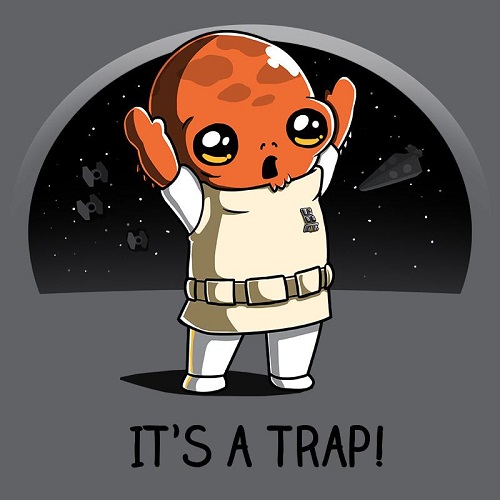
As the biggest champion of the control archetype, I’m telling you the truth about the crisis we are in. Control is not good and I have respectfully disagreed with some of the highest representatives of the game on this point. Outside of back-to-back European Grand Prix last year, control has had an abysmal showing in premier events. I’m aware that there are some success stories here and there, but real fans of the Island know the truth. We need better answers and/or a few more unbannings in order to compete with the likes of Dredge, Izzet Phoenix, and the onslaught of unfair combo/big mana decks.
Better answers could be heading our way soon. The announcement of Modern Horizons should make everyone on our side of the aisle happy; Modern can’t get any worse in terms of degeneracy, so bring it on! I believe they’ll be much more cautious with what they allow into the already busted format, so I expect to see multiple reprints of cards that help further the control cause.
I am optimistic for Counterspell, which would be an automatic four-of in each control deck that I would play moving forward. Logic Knot is already a close alternative; however, Counterspell would provide us an easier deckbuilding process with fewer fetchlands and more graveyard hate. I would be shocked if they didn’t plug in a superior counter from the old days, but Wizards of the Coast has been anti-spell for years now. Hopefully they use Modern Horizons as an outlet to plug in better, generic answers, which control desperately needs to be a viable contender.
Sequencing Issues
Spells must line up perfectly for control to defeat the best decks of the format. This law also assumes that we draw the appropriate spells and not useless cards that we must include to have game against the other fifteen linear decks out there. A hand full of removal against one of the combo, prison, or big mana decks is nearly an auto-loss.
I mentioned why this is a unique issue for Modern, as Legacy gurus confidently shuffle away the riffraff with superior card draw or exile them to a timely Force of Will. Since Modern doesn’t have that type of card versatility, we’re helpless to our opening hand and early draw steps. Losing Game 1 to Ad Nauseam is almost a guarantee and Mono-Green Tron easily cooks our goose when we have a few copies of Path to Exile looking at their Karn Liberated, and even the creature decks stomp us when our hand has beautiful blue spells as Lightning Bolts rain upon us. Control can defeat these strategies with some level of proactivity, but don’t let the Bolt-Snap-Bolt crowd fool you. The ability to turn on the jets and get some damage flowing is a laughable clock against the top decks, as we look slightly less silly as our Azorius brethren with no early threats.
The Sideboard Isn’t Big Enough
This issue has plagued control through Modern’s history. The linear decks all attack in their solitaire fashion but require specific answers. The sideboard cards that are great against Humans are terrible against Burn, making the deckbuilding process an unsolvable puzzle. You can predict the metagame until you’re blue in the face, but the reality is that both of those decks will be present in a substantial way. This means we must get lucky and either dodge certain decks completely or draw the minimal sideboard answers that we could afford to spare. This is the reason you see control sideboards in Modern have eight different one-ofs: to give them a fighting chance against decks that require very specific answers.
Even the top two decks have specific hate cards they hope to dodge. Rest in Peace is arguably the best option for white-based control decks when fighting off decks that utilize the graveyard. It’s a bombshell against Dredge, forcing them to answer it or win with underpowered creatures, but when a Rest in Peace resolves against Izzet Phoenix, they can continue to assault you through tempo-based threats, now equipped with counterspells and Blood Moon out of the sideboard. Rest in Peace is arguably mediocre against Izzet Phoenix, requiring answers that may not be great against any other deck that you may face.
This is the key to the format, my friends. At this point, it isn’t in my best interest to stay true to my reactive roots. The other decks of Modern aren’t hindered by these weaknesses that haunt control’s dreams, and instead take full advantage of them existing. For this reason, I have been playing Izzet Phoenix for the last few weeks in order to give me my best shot at the 11-4 record I need next weekend.
Creatures (12)
Lands (13)
Spells (35)

I’m not playing anything too wild in my version of Izzet Phoenix. I would like to claim credit for the inclusion of Blood Moon, which I championed prior to the deck seeing live play. Eli Kassis ran with the idea and won a Grand Prix on the back of the hate enchantment, locking out opponents that posed a tougher matchup. I always found it odd that some decks that had access to perfect Blood Moon mana didn’t run it. Too many free wins come from locking your opponent out of casting spells, which is another joyous aspect of the format. Chalice of the Void, Blood Moon, and Ensnaring Bridge are a few of the culprits that have created terrible viewership over the years. If you want to get ahead in Modern, it’s helpful to have access to one of these in case there are matchups that can’t be fought fairly.
I really like Bernat’s maindeck. There are some Izzet Phoenix players that are getting too cute with their flex slots, adding ineffective enchantments, silly cantrips like Twisted Image, or multiple copies of Surgical Extraction to try to hedge against the graveyard decks Game 1. This deck is too consistent to burden the draw steps with corner-case options and wants to effectively carry out the same plan against each deck.
Thing in the Ice is the architect behind the high power level of the deck, giving a consistent burst of damage that always gets through after the blockers have been bounced. While that’s the gameplan, the busted side effect is Arclight Phoenix. People attempt to block the broken draws by raining graveyard hate at their Izzet Phoenix opponent, only to realize it was a distraction all along. Game 1 is often decided by Arclight Phoenix, but the sideboard games are really carried by Thing in the Ice and Crackling Drake.
Crackling Drake is the card I was wrong about all along in these Izzet Phoenix builds. At first glance, a four-mana creature seems irresponsible in a deck that wants to keep the land light and the spells flowing. Crackling Drake is a giant insurance policy, ending the game instantly if your burst damage plan falls through. I started with one in my deck, upped it two for about a week, and increased that number to three the night I wrote this.
As I was increasing my Crackling Drake count, I have been dropping Pteramander with pleasure. There are some hands where Pteramander easily adapts, making it a giant threat that must be answered by a premier removal spell. These scenarios are rarer than I thought, because at that point I have played a great deal of spells and a Crackling Drake is better. The discount on mana is something to examine, but it rarely mattered when I could cast and adapt in the same turn. That often occurred when my resources have been depleted, Arclight Phoenix is missing in action, and my Thing in the Ice has been slain.
These small changes do not change much about the gameplay of Izzet Phoenix. The deck rewards tight play, punishing users severely for making errors. It feels like the Mono-Blue Aggro deck of Standard in a way. Just like that deck, it has automatic wins that require little thought. Sometimes you just bash them with multiple Arclight Phoenixes on Turn 2 and they had no shot, just like a Turn 2 Curious Obsession in Standard with multiple protection spells. The games where you don’t fly out of the gates like that require mind-numbing precision, with any mistake likely to cost you the match. This is typically the case when playing this many cantrips, card disadvantage spells like Faithless Looting, and having access to a limited quantity of win conditions that lose value as the game progresses.
Overall, Izzet Phoenix is the current best deck in the format. It would be tough for me to choose a sweet control deck to rest my 11-4 fate in, but that will soon change. I’m confident that Modern Horizons will give us enough to give control a fighting chance moving forward. If not, we continue to protest for some of our banned family to return to the fold.


